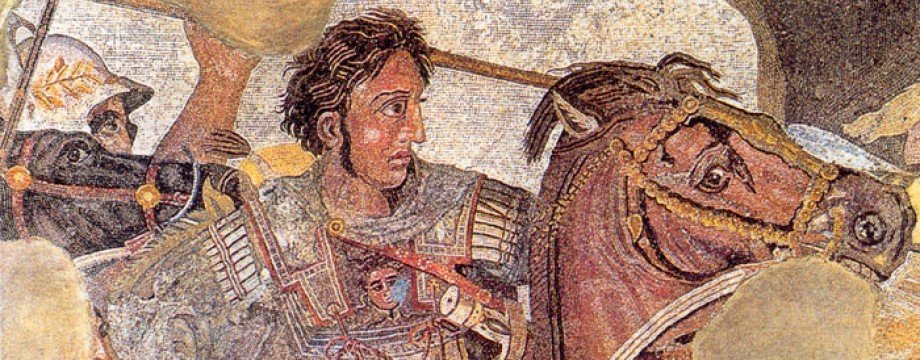21st September - Ten days until the 2,348th anniversary of the Battle of Gaugamela.
In the last post, we saw how large the armies of Macedon and the Persian Empire were. The figures for the latter are, with the possible exception of Curtius, very overinflated, but they do point to a very interesting truth - that his army was a incredibly diverse one.
When I say ‘diverse’, I mean in terms of nationalities represented.
Arrian is our best source for the battle, so let’s look at the peoples he mentions.
Darius’ forces had been augmented by the support of the Indians who bordered the Bactrians, as well as the Bactrians themselves and the Sogdians: all these were under the command of Bessus, the satrap of Bactria. Together with them came the Sacae, who are a Scythian people, one of the tribes of Scythian race inhabiting Asia. They were not subjects of Bessus, but came under the terms of their military alliance with Darius: they were mounted archers, and their leader was Mauaces. Barsaentes the satrap of Arachosia led both the Arachosians and the so-called Mountain Indians; the Areians were led by the satrap of Areia, Satibarzanes; Phrataphernes led the Parthyaeans, Hyrcanians, and Topeirians, all of these cavalry; the Medes were under the command of Atropates, and brigaded with the Medes were the Cadusians, Albanians, and Sacesinians; the tribes bordering the Red Sea were commanded by Orontobates, Ariobarzanes, and Orxines; the Uxians and Susians had Oxathres the son of Abulites as their leader; Bupares commanded the Babylonians, and the transplanted Carians and the Sittacenians were brigaded with the Babylonians; the Armenians were led by Orontes and Mithraustes, and the Cappadocians by Ariaces; the Syrians of both Hollow and Mesopotamiam Syria were commanded by Mazaeus.
(Arrian III.8.3-6)
At III.11.3-7 Arrian gives an account of Darius’ order of battle. As above, he identifies each element of the Persian army by nationality whereas at III.11.8-12.5 he identifies each element of Alexander’s order of battle according to the commander-in-charge.
I’d like to think this is because he wanted to dehumanise Darius’ army and emphasise the humanity of Alexander’s (see this post) but it is more likely because the captured battle plan that the information ultimately came from arranged the information in this way.
Speaking of Alexander’s army, Arrian doesn’t have much to say about how diverse it was though we can glean some information. For example, the Thessalian cavalry served on the far left wing (Ar.III.11.10) and half of the Agrianians formed part of the right flank guard (Ar.III.12.2).
Diodorus (XVII.57) gives us a little more information about where the various parts of the Macedonian army came from. For example, he states that an Elimiote battalion served on the right wing of the phalanx. Curtius (IV.13.29) tells us that Craterus had charge of ‘the Peloponnesian cavalry - to which were attached squadrons of Achaeans, Locrians, and Malians’. These Malians, by the way, should not be confused with the Mallians who almost killed Alexander in India.
Why mention all this? Two begin with, I was just interested to find out the various peoples who were involved in the battle. I wish I had time to go behind the names and find out more about where the likes of the Cadusians and Mountain Indians came from, but that will have to wait for another day.
Looking at how tribally or nationally diverse the armies were also helps me to appreciate firstly how wide ranging the Persian Empire was and, by extension, how wide ranging Alexander’s war had become. Men from Greece to Bactria-India stood on the field of Gaugamela, men who otherwise may never have known that each other existed. This was in a sense a world war.
If only they could have come together in peace. If only. After Alexander’s victory, however, they did. Regretfully, Macedonian xenophobia meant that that peace never amounted to very much.
